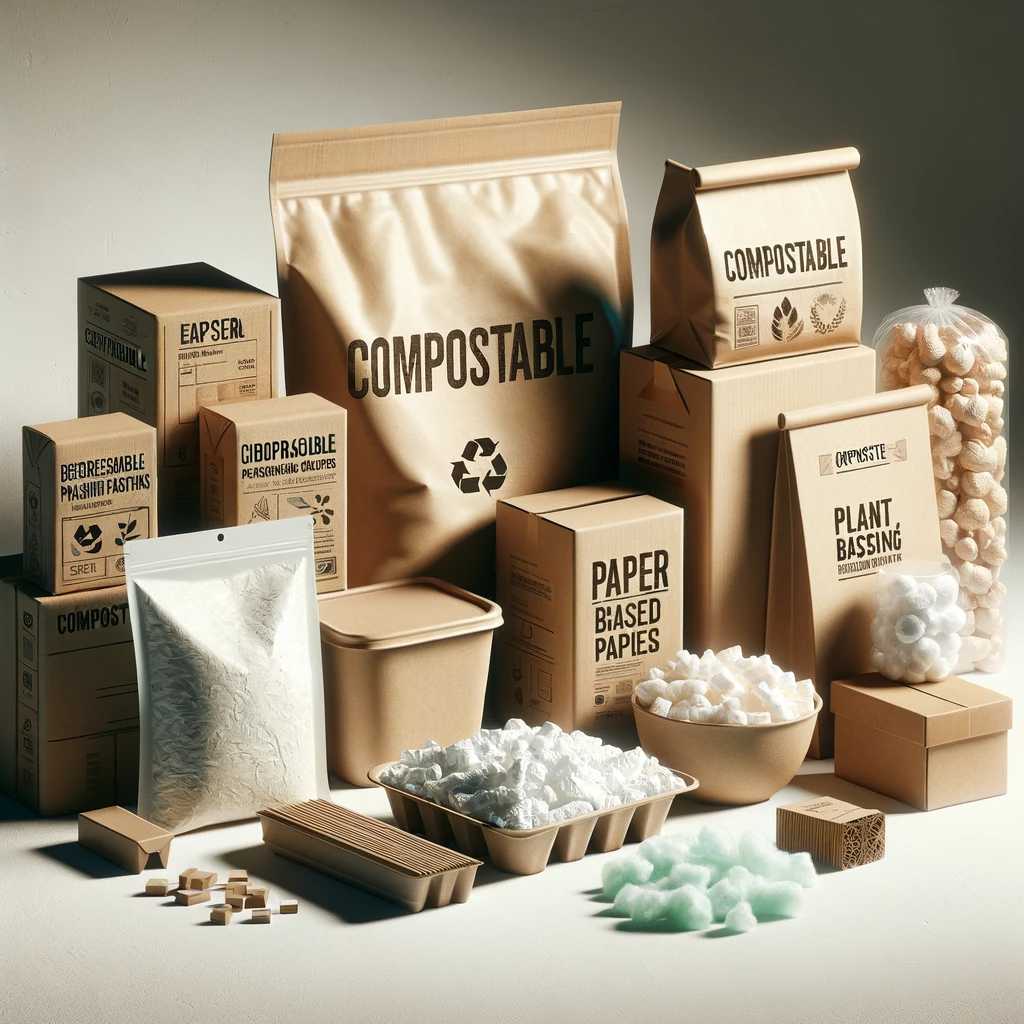In the realm of printing and publishing, the choice of paper plays a crucial role in determining the final appearance and impact of a document. Two commonly used types of paper are glossy paper and normal paper. While they may seem similar at first glance, there are significant differences between them that can greatly influence the overall quality and visual appeal of printed materials. In this article, we will delve into the disparities between glossy paper and normal paper, exploring their characteristics, applications, and the factors to consider when choosing between them.
- Glossy Paper:
Glossy paper, also known as coated paper, is specially treated to have a smooth, shiny surface. This treatment involves applying a coating, typically made of clay or resin, to the paper's surface. The coating enhances the paper's ability to reflect light, resulting in a vibrant and glossy appearance. Glossy paper is commonly used in high-quality printing projects that require sharp images, vivid colors, and a polished finish. It is favored for its ability to reproduce intricate details and provide a professional look. Glossy paper finds applications in various domains, including photography, advertising, brochures, and magazines. - Normal Paper:
Normal paper, also referred to as uncoated paper, lacks the glossy coating found on its counterpart. It has a more natural, matte finish, which gives it a softer and more subdued appearance. Normal paper is widely used for everyday printing needs, such as office documents, letters, and academic papers. It is known for its excellent readability and ease of writing. Normal paper absorbs ink more readily than glossy paper, resulting in a less vibrant color reproduction but a more tactile and traditional feel. - Key Differences:
3.1 Appearance:
The most apparent distinction between glossy paper and normal paper lies in their appearance. Glossy paper exhibits a reflective, mirror-like surface that enhances colors and contrasts, making images appear more vibrant and sharp. On the other hand, normal paper has a non-reflective, matte surface that provides a more subdued and natural look.
3.2 Print Quality:
When it comes to print quality, glossy paper excels in reproducing high-resolution images, intricate details, and vibrant colors. The glossy surface allows the ink to sit on top, resulting in sharper and more vivid prints. In contrast, normal paper absorbs ink, which can lead to slightly less vibrant colors and reduced image sharpness.
3.3 Texture and Feel:
Glossy paper has a smooth and slick texture due to its coating, giving it a premium and professional feel. On the contrary, normal paper has a more textured and tactile surface, providing a traditional and familiar sensation.
- Choosing the Right Paper:
When deciding between glossy paper and normal paper, several factors should be considered:
4.1 Purpose: Determine the intended use of the printed material. Glossy paper is ideal for visually striking projects, such as photographs or marketing materials, while normal paper is suitable for everyday documents and written content.
4.2 Lighting Conditions: Consider the environment in which the printed material will be viewed. Glossy paper performs well in well-lit areas, as it can reflect light and enhance visibility. Normal paper is preferable in situations where glare or reflections may be an issue.
4.3 Budget: Glossy paper is generally more expensive than normal paper due to its specialized coating. Consider the budget constraints and the desired level of quality before making a decision.
Conclusion:
In conclusion, the choice between glossy paper and normal paper depends on the specific requirements of the printing project. Glossy paper offers a visually stunning and professional appearance, making it suitable for high-quality prints and visually impactful materials. On the other hand, normal paper provides a more traditional and tactile experience, making it ideal for everyday documents and written content. By understanding the distinctions between these two types of paper and considering the intended use, lighting conditions, and budget, one can make an informed decision to achieve the desired outcome in any printing endeavor.

